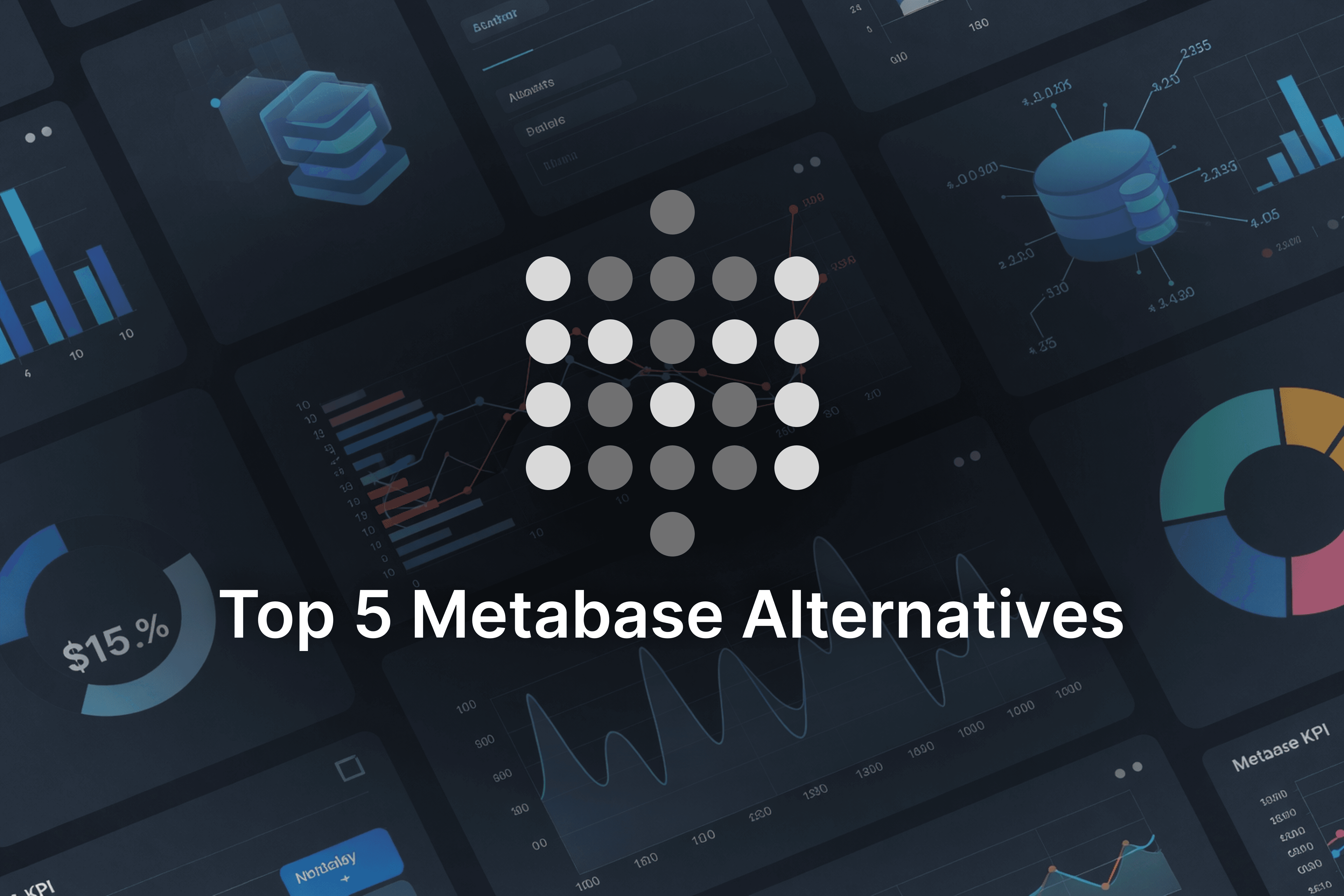Low-code platforms are reshaping software development in 2025. Will developers be replaced or reinvented? Explore the future of coding in a no-code world.

In 2025, low-code platforms have moved beyond just being a buzzword they’ve become a game-changer in how we build software. These platforms, which were once only used for quick prototypes or small internal tools, are now used to create powerful, enterprise-level and customer-facing apps.
The rise of low code and no code solutions lets businesses move faster, cut development costs, and bring new ideas to life without even writing much (or any) code. This shift helps companies stay ahead in a fast-moving market.
Naturally, this brings up an important question: should program developers feel worried or excited? The answer is pretty clear: these tools aren’t here to replace developers; they’re here to redefine their roles. With repetitive coding taken care of, developers can now focus on the more meaningful parts of their job: designing smart systems, solving complex problems, and building secure, scalable software faster and more efficiently than ever before.
What is Low Code Development?
If you're wondering, "what is low code development?", it refers to platforms and tools that allow users to build software applications with minimal hand-coding. Instead of crafting every line of code from scratch, low code development platforms offer visual development environments, drag-and-drop interfaces, reusable components, and pre-built logic that drastically simplify the process.
Unlike traditional programming, where extensive coding knowledge is a must, low code tools lower the barrier to entry allowing more people, including business analysts, product managers, and late developers, to actively participate in application development.
Key Features of Low Code Platforms:
Visual interface: Build apps using flowcharts or UI builders.
Pre-built templates and components: Speed up common functionalities like forms, workflows, and database integrations.
Third-party integrations: Easily connect with APIs or existing systems.
Built-in deployment tools: Push applications live with just a few clicks.
Popular Low Code Tools in 2025:
OutSystems –
A full-stack low-code platform ideal for large enterprises. It allows both frontend and backend development with built-in DevOps support.

Mendix –
Known for rapid enterprise app development and collaborative tools that connect business users and developers.

Microsoft Power Apps –
A favorite among Microsoft 365 users, Power Apps enables quick app creation integrated with Excel, SharePoint, and Teams.

Supaboard –
An emerging low-code platform that simplifies building custom dashboards and internal tools. Supaboard focuses on speed, flexibility, and smooth integration with existing data sources.

Appian –
Focuses on automating workflows and is used widely in finance, healthcare, and government sectors.

Zoho Creator –
Great for small businesses needing custom applications quickly, with easy integration across the Zoho suite.

Bubble –
A leader in the no code space but often overlaps with low-code in terms of capabilities, especially for web app creation.

Retool –
Popular among developers for quickly building internal tools by connecting to databases and APIs using a UI-based builder.

The Promise of Low Code and No Code
In 2025, low-code and no code app builder platforms like OutSystems, Mendix, Microsoft Power Apps, and Bubbles are transforming how software is created. These tools offer an unprecedented combination of speed, accessibility, and flexibility allowing users to build apps with no code or with minimal coding knowledge. What once took months of development time can now be accomplished in a matter of days, or even hours.
This acceleration is a game-changer, especially for startups and small businesses that lack the budget to hire full-time app developers or invest in a complete software developers kit (SDK). With low-code and no-code platforms, they can quickly validate ideas, launch MVPs, and iterate based on user feedback all without needing a deep technical team.
But the impact doesn’t stop at small-scale innovation. Large enterprises are now adopting low code development platforms to streamline internal operations, improve team collaboration, and reduce reliance on overburdened IT departments. Non-technical team members such as business analysts, product owners, and even HR managers can create and manage apps tailored to their specific workflows, reducing bottlenecks and improving productivity.
Should Program Developers Be Concerned?
With over 27,100 monthly searches for “program developers,” it’s evident that skilled coders are still very much in demand. However, the rise of low-code and no code tools has sparked concern among some in the development community. Will these platforms replace traditional coders? The short answer is: no. In fact, low-code is designed to empower, not eliminate, developers.
Here’s how low-code platforms actually benefit developers:
1. Faster Prototyping
Low-code accelerates the development lifecycle. From MVPs to internal tools, developers can be spun up quickly, giving developers more time to test, refine, and focus on features that truly matter. This boosts innovation and shortens time-to-market.
2. Bridge Between Tech and Business
Low-code fosters better collaboration between developers and business teams. With visual interfaces and shared platforms, app developers can now work side-by-side with stakeholders, reducing miscommunication and speeding up feedback loops. It encourages co-creation rather than siloed workflows.
3. Complexity Still Requires Coders
Low-code handles the basics but it’s not a silver bullet. Complex architectures, custom APIs, security frameworks, and high-performance systems still require deep coding knowledge. A software developers kit (SDK) remains essential for robust development and scaling.
4. Focus on High-Value Work
By automating repetitive tasks like CRUD operations or basic UI setups, low-code lets developers focus on what they do best, solving tough problems, optimizing performance, and building intelligent features like AI, analytics, or automation engines.
5. Opportunities for Hybrid Roles
The growth of low code development platforms is creating new job roleslike low-code engineers, citizen developer mentors, and platform architects. Developers who can blend traditional coding with low-code solutions are becoming highly sought after. It’s a career expansion, not a contraction.
Why Developers Should Be Excited
Low-code and no code platforms are not a threat to developers, they're an opportunity. These platforms are changing the game by removing repetitive, time-consuming tasks, allowing developers to focus on higher-value, intellectually stimulating work. Rather than writing the same CRUD operations over and over, developers can now automate these functions and redirect their energy into building smarter, more innovative solutions.
Imagine the time saved when UI components, data models, and workflows are pre-built and visually customizable. That’s time that can be spent on refining AI algorithms, enhancing application security, improving performance, building cloud-native features, or architecting complex system integrations. With low-code development platforms, the focus shifts from boilerplate code to real engineering challenges exactly where skilled developers thrive.
Beyond the technical benefits, low-code also opens up new career paths. Companies are increasingly hiring for hybrid roles like “low-code engineer,” “solution architect,” or “citizen developer lead.” These roles demand professionals who can bridge the gap between traditional software engineering and rapid application development. By mastering both the coding and platform sides, developers can position themselves as irreplaceable assets in digital transformation initiatives.
The Final Verdict: Augmentation, Not Replacement
The rise of low code development platforms doesn’t spell doom for developers in fact, it's quite the opposite. Rather than replacing traditional coding roles, these platforms augment the development process, making it faster, more efficient, and increasingly collaborative.
For experienced engineers, low-code tools free up time from repetitive tasks, allowing greater focus on advanced problem-solving, system architecture, and innovation.
For late developers and those newer to the field, low-code provides a gateway to contribute meaningfully to software projects without years of experience. Embracing low-code means staying relevant, adaptable, and future-ready.
So, should you be worried or excited?
We say: be excited, dive in, and start building smarter.










